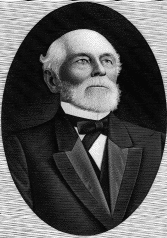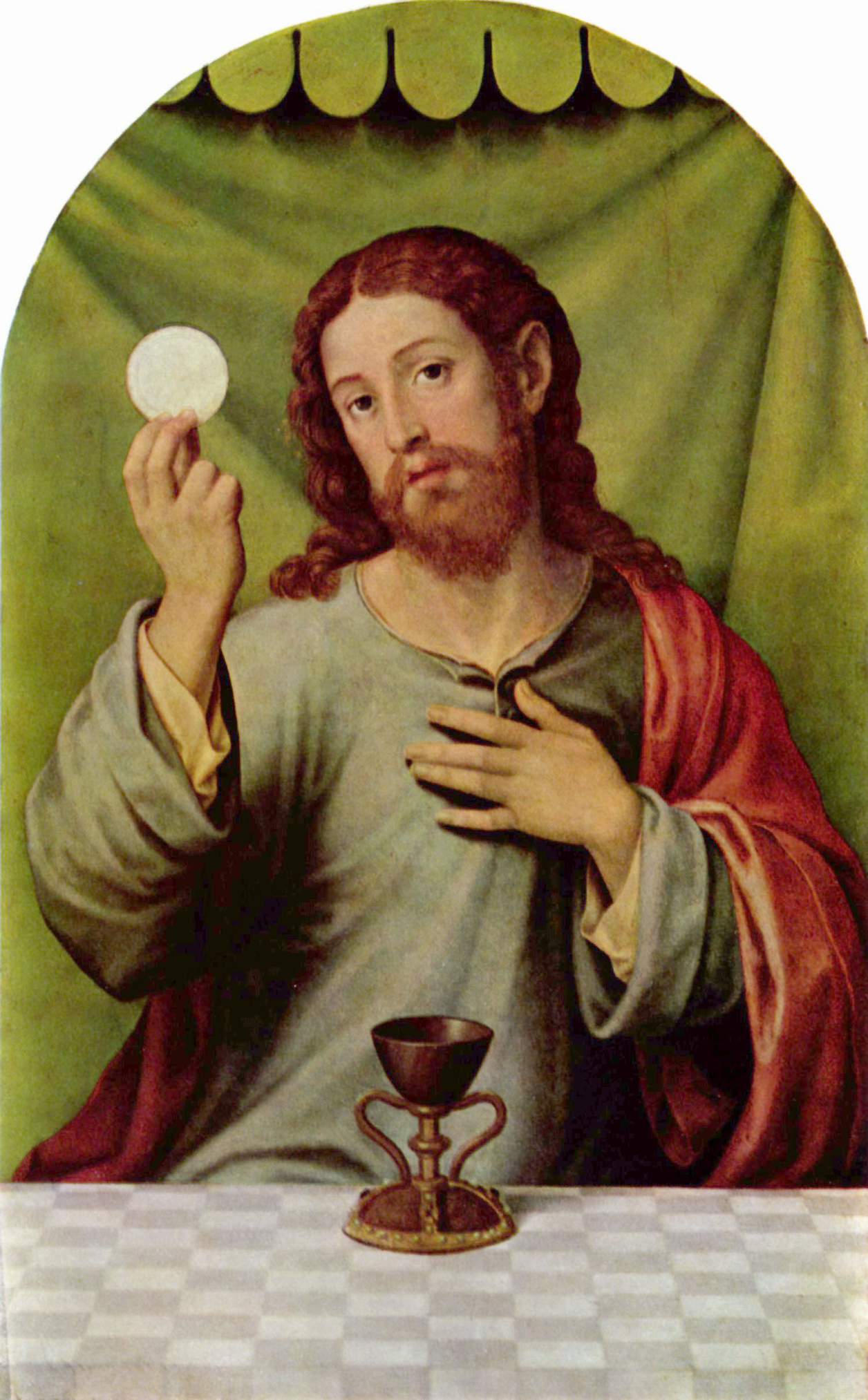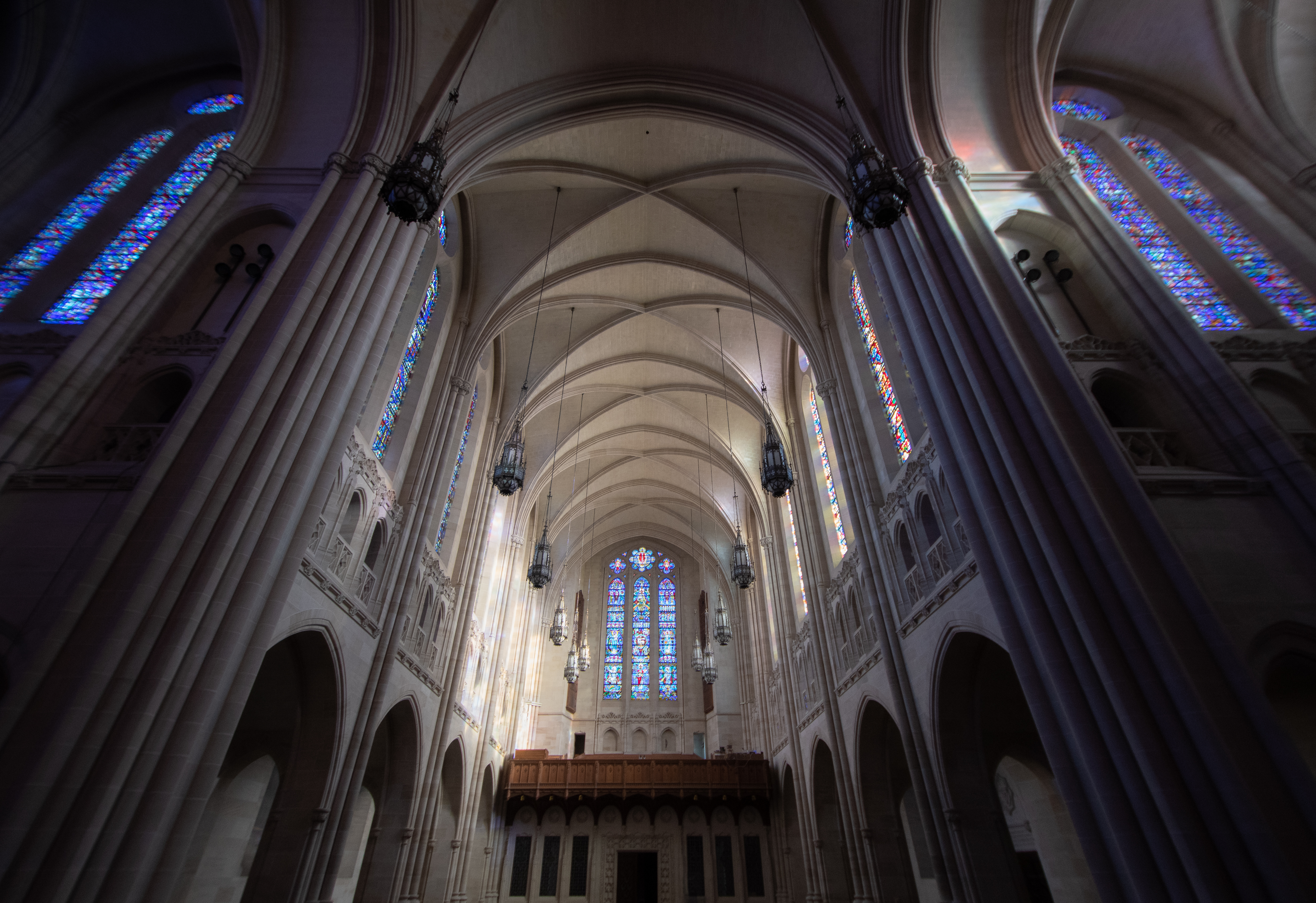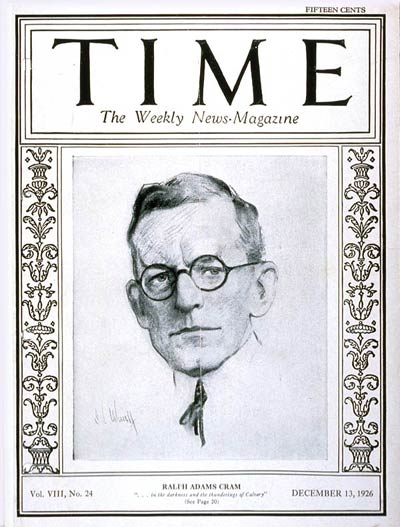|
John Angel (sculptor)
John Angel (November 1, 1881 – October 16, 1960) was a British-born sculptor, architectural and ecclesiastical sculptor, medallist and lecturer. He emigrated to the United States where he created architectural sculpture. His work in the United Kingdom and the United States has been critically praised. Biography He was born in Newton Abbot, Devon, England, the son of a tailor, and one of ten children. He entered a seven-year apprenticeship to a wood carverHe worked either for Harry Hems a "great" carver of stone and wood in Exeter or in the shops of J. Wippell & Co. "renowned ecclesiastical suppliers". However, another source says he initially worked for Herbert Read, an ecclesiastical restorer. at the age of 14 years. He received formal training at the Exeter School of Art and later at the Lambeth School of Art. George Frampton became his mentor at the Royal Academy School, and his influence resonated in Angel's work. Angel also studied with Sir Thomas Brock. His professi ... [...More Info...] [...Related Items...] OR: [Wikipedia] [Google] [Baidu] |
Newton Abbot
Newton Abbot is a market town and civil parish on the River Teign in the Teignbridge District of Devon, England. Its 2011 population of 24,029 was estimated to reach 26,655 in 2019. It grew rapidly in the Victorian era as the home of the South Devon Railway locomotive works. This later became a major steam engine shed, retained to service British Railways diesel locomotives until 1981. It now houses the Brunel industrial estate. The town has a race course nearby, the most westerly in England, and a country park, Decoy. It is twinned with Besigheim in Germany and Ay in France. History Early history Traces of Neolithic inhabitants have been found at Berry's Wood Hill Fort near Bradley Manor. This was a contour hill fort that enclosed about . Milber Down camp was built before the 1st century BC and later occupied briefly by the Romans, whose coins have been found there.Beavis (1985), p. 20. Highweek Hill has the remains of a Norman motte-and-bailey castle, known as Castle Dy ... [...More Info...] [...Related Items...] OR: [Wikipedia] [Google] [Baidu] |
Exeter War Memorial
Exeter War Memorial, also known as The Northernhay War Memorial is a war memorial in Northernhay Gardens in the city of Exeter, Devon. Designed by John Angel, it was erected by public subscription in 1923 and cost over £6,000. History At the time, John Angel was spending four years as an assistant to Sir George Frampton, and his influence is apparent in the allegorical style. The figure of "Peace" (also known as ''Victory'' .) was exhibited by Angel at The Royal Academy in 1922, being exhibited in the courtyard of Burlington House, as were other studies of this and the Bridgewater War Memorial on several occasions. Quarried from Blackingstone Quarry, near Moretonhampstead, and erected by Messrs. Easton & Son of Exeter, it is a total of high, with a high pedestal. The figure representing Victory, tall, is said to hold "aloft a spray of laurels in token of gratitude to Heaven. Boldly modelled, and with considerable action, this figure, standing on a dragon, forms an int ... [...More Info...] [...Related Items...] OR: [Wikipedia] [Google] [Baidu] |
Princeton University
Princeton University is a private university, private research university in Princeton, New Jersey. Founded in 1746 in Elizabeth, New Jersey, Elizabeth as the College of New Jersey, Princeton is the List of Colonial Colleges, fourth-oldest institution of higher education in the United States and one of the nine colonial colleges chartered before the American Revolution. It is one of the highest-ranked universities in the world. The institution moved to Newark, New Jersey, Newark in 1747, and then to the current site nine years later. It officially became a university in 1896 and was subsequently renamed Princeton University. It is a member of the Ivy League. The university is governed by the Trustees of Princeton University and has an endowment of $37.7 billion, the largest List of colleges and universities in the United States by endowment, endowment per student in the United States. Princeton provides undergraduate education, undergraduate and graduate education, graduate in ... [...More Info...] [...Related Items...] OR: [Wikipedia] [Google] [Baidu] |
University Of Texas Press
The University of Texas Press (or UT Press) is a university press that is part of the University of Texas at Austin. Established in 1950, the Press publishes scholarly books and journals in several areas, including Latin American studies, Texana, anthropology, U.S. Latino studies, Native American studies, African American studies, film & media studies, classics and the ancient Near East, Middle East studies, natural history, art, and architecture. The Press also publishes trade books and journals relating to their major subject areas. Journals * ''Asian Music'' * '' Diálogo'' * '' Information & Culture'' * ''Journal of Cinema and Media Studies'' (formerly known as ''Cinema Journal'') * ''Journal of the History of Sexuality'' * '' Journal of Individual Psychology'' * ''Journal of Latin American Geography'' * ''Latin American Music Review'' * '' Studies in Latin American Popular Culture'' * ''Texas Studies in Literature and Language'' * ''The Textile Museum Journal'' * '' US La ... [...More Info...] [...Related Items...] OR: [Wikipedia] [Google] [Baidu] |
William Marsh Rice
William Marsh Rice (March 14, 1816 – September 23, 1900) was an American businessman who bequeathed his fortune to found Rice University in Houston, Texas. Rice was murdered by his valet Charles F. Jones while sleeping. The murder was part of a plot to forge Rice's will. The instigator of the murder, attorney Albert T. Patrick, was sentenced to death. Early life Rice was born on March 14, 1816, in Springfield, Massachusetts, the third of ten children of David and Patty (née Hall) Rice. His first job was as a grocery store clerk in Springfield, at the age of 15. By age 22, he had purchased the store from its owner. Around 1837, Rice traveled to Texas in search of new business opportunities. He started in Texas as a bartender at Milam House in Houston. Unfortunately, all the merchandise from his store was lost at sea, and Rice was forced to start anew in Houston as a clerk. He soon set up the Rice and Nichols general store with his business partner Ebenezer Nichols. [...More Info...] [...Related Items...] OR: [Wikipedia] [Google] [Baidu] |
Rice University
William Marsh Rice University (Rice University) is a Private university, private research university in Houston, Houston, Texas. It is on a 300-acre campus near the Houston Museum District and adjacent to the Texas Medical Center. Rice is ranked among the top universities in the United States. Opened in 1912 as the Rice Institute after the murder of its namesake William Marsh Rice, Rice is a research university with an undergraduate focus. Its emphasis on undergraduate education is demonstrated by its 6:1 student-faculty ratio. The university has a Research I university, very high level of research activity, with $156 million in sponsored research funding in 2019. Rice is noted for its applied science programs in the fields of artificial heart research, structural chemical analysis, signal processing, space science, and nanotechnology. Rice has been a member of the Association of American Universities since 1985 and is Carnegie Classification of Institutions of Higher Education ... [...More Info...] [...Related Items...] OR: [Wikipedia] [Google] [Baidu] |
Tympanum (architecture)
A tympanum (plural, tympana; from Greek and Latin words meaning "drum") is the semi-circular or triangular decorative wall surface over an entrance, door or window, which is bounded by a lintel and an arch. It often contains pedimental sculpture or other imagery or ornaments. Many architectural styles include this element. Alternatively, the tympanum may hold an inscription, or in modern times, a clock face. History In ancient Greek, Roman and Christian architecture, tympana of religious buildings often contain pedimental sculpture or mosaics with religious imagery. A tympanum over a doorway is very often the most important, or only, location for monumental sculpture on the outside of a building. In classical architecture, and in classicising styles from the Renaissance onwards, major examples are usually triangular; in Romanesque architecture, tympana more often has a semi-circular shape, or that of a thinner slice from the top of a circle, and in Gothic architecture they ha ... [...More Info...] [...Related Items...] OR: [Wikipedia] [Google] [Baidu] |
Last Supper In Christian Art
The Last Supper of Jesus and the Twelve Apostles has been a popular subject in Christian art, often as part of a cycle showing the ''Life of Christ''. Depictions of the Last Supper in Christian art date back to early Christianity and can be seen in the Catacombs of Rome.''Vested Angels: Eucharistic Allusions in Early Netherlandish Paintings'' by Maurice B. McNamee 1998 pp. 22–3Google books link/ref> The Last Supper was depicted both in the Eastern and Western Churches. By the Renaissance, it was a favorite subject in Italian art. It was also one of the few subjects to be continued in Lutheran altarpieces for a few decades after the Protestant Reformation.Schiller, 40–41 There are two major scenes shown in depictions of the Last Supper: the dramatic announcement of the betrayal of Jesus, and the institution of the Eucharist. After the meal the further scenes of Jesus washing the feet of his apostles and the farewell of Jesus to his disciples are also sometimes depicted. S ... [...More Info...] [...Related Items...] OR: [Wikipedia] [Google] [Baidu] |
East Liberty Presbyterian Church
East Liberty Presbyterian Church, sometimes referred to as the Cathedral of Hope, is in the East Liberty neighborhood of the East End of Pittsburgh, Pennsylvania, United States. The current building is the fifth church building to occupy the site; the first was in 1819. History The congregation of the East Liberty Presbyterian Church was founded in 1819. The land on which the present church stands was donated by Jacob and Barbara Negley. An acre-and-a-half site, the congregation's first building was a brick school and meeting house of forty-four square feet. The first pastor of the congregation was the Reverend W.B. McIlvaine, who was called as pastor in 1829. His ministry of four decades began with his ordination and installation in April 1830. The pastorate of Rev. McIlvaine saw 622 members added to the church, spurring plans for a larger church building. In 1847 Mrs. Negley, now a widow, donated an additional tract of land that includes the current South Highland Avenue fronta ... [...More Info...] [...Related Items...] OR: [Wikipedia] [Google] [Baidu] |
Ralph Adams Cram
Ralph Adams Cram (December 16, 1863 – September 22, 1942) was a prolific and influential American architect of collegiate and ecclesiastical buildings, often in the Gothic Revival style. Cram & Ferguson and Cram, Goodhue & Ferguson are partnerships in which he worked. Cram was a fellow of the American Institute of Architects. Early life Cram was born on December 16, 1863, at Hampton Falls, New Hampshire, to William Augustine and Sarah Elizabeth Cram. He was educated at Augusta, Hampton Falls, Westford Academy, which he entered in 1875, and Phillips Exeter Academy. At age 18, Cram moved to Boston in 1881 and worked for five years in the architectural office of Rotch & Tilden, after which he left for Rome to study classical architecture. From 1885 to 1887, he was art critic for the ''Boston Transcript''. During an 1887 Christmas Eve mass in Rome, he had a dramatic conversion experience. For the rest of his life, he practiced as a fervent Anglo-Catholic who identified as high-ch ... [...More Info...] [...Related Items...] OR: [Wikipedia] [Google] [Baidu] |
Religious Art
Religious art is artistic imagery using religious inspiration and motifs and is often intended to uplift the mind to the spiritual. Sacred art involves the ritual and cultic practices and practical and operative aspects of the path of the spiritual realization within the artist's religious tradition. Buddhist art Buddhist art originated on the Indian subcontinent following the historical life of Siddhartha Gautama, 6th to 5th century BC, and thereafter evolved by contact with other cultures as it spread throughout Asia and the world. Buddhist art followed believers as the dharma spread, adapted, and evolved in each new host country. It developed to the north through Central Asia and into Eastern Asia to form the Northern branch of Buddhist art. Buddhist art followed to the east as far as Southeast Asia to form the Southern branch of Buddhist art. In India, the Buddhist art flourished and even influenced the development of Hindu art, until Buddhism nearly disappeared in In ... [...More Info...] [...Related Items...] OR: [Wikipedia] [Google] [Baidu] |
Tympanum At Basilica Of The National Shrine Of The Immaculate Conception By John Angel
Tympanum may refer to: * Tympanum (architecture), an architectural element located within the arch or pediment * Tympanum (anatomy), a hearing organ/gland in frogs and toads, a flat red oval on both sides of a frog's head * Tympanum, in biology, the eardrum * Tympanum, or tympanal organ, a hearing organ in insects * Tympanum (hand drum), a percussion instrument in ancient Greece and Rome * Timpano, in music, singular of timpani Timpani (; ) or kettledrums (also informally called timps) are musical instruments in the percussion family. A type of drum categorised as a hemispherical drum, they consist of a membrane called a head stretched over a large bowl traditionall ..., a kettledrum * Sakia or saqiya, in Latin "tympanum", a water-raising device * Larnaca Tympanum, a medieval sculpture See also * Tympanic (other) {{disambiguation ... [...More Info...] [...Related Items...] OR: [Wikipedia] [Google] [Baidu] |










